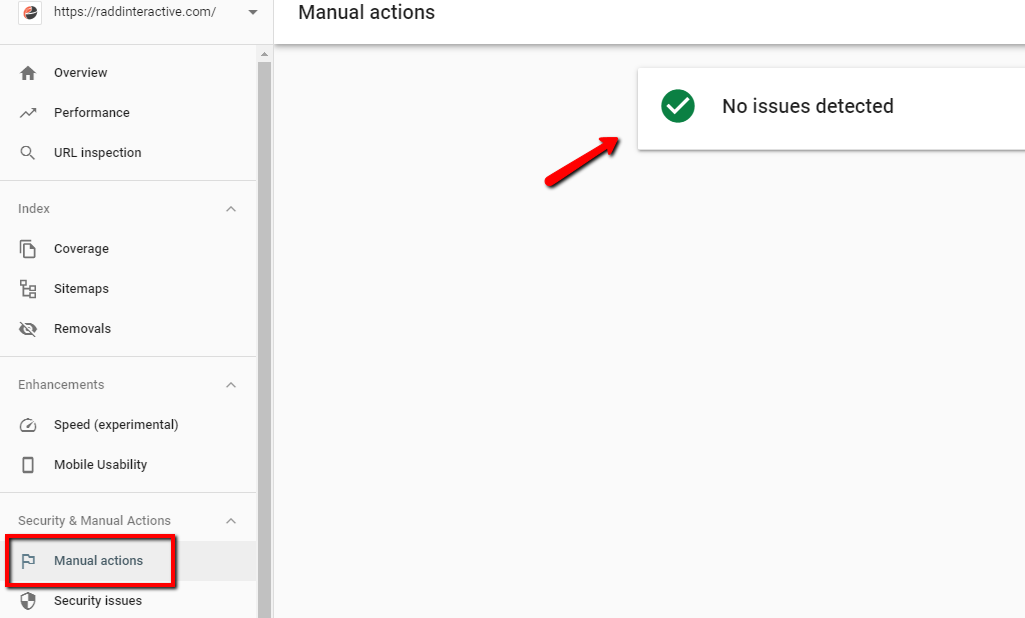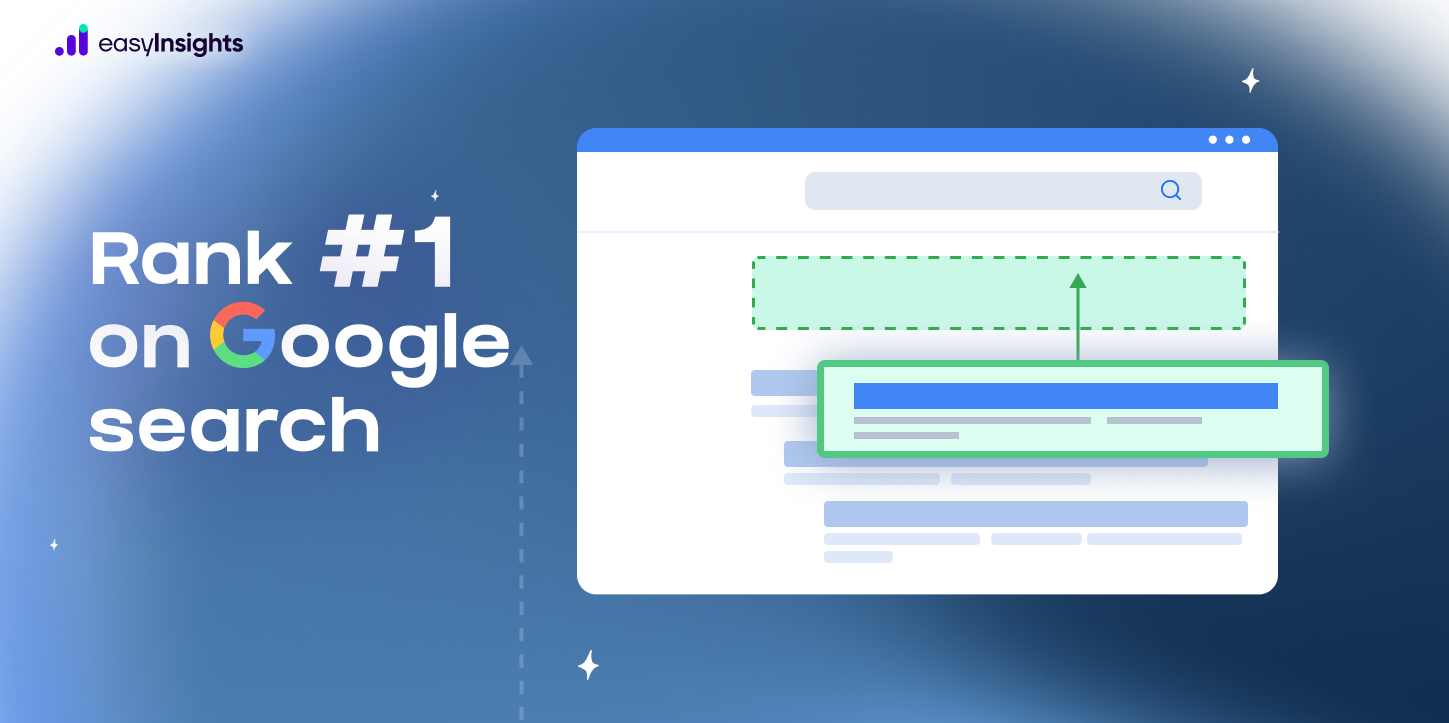In the complex world of search engine optimization (SEO), ensuring that your website content is both indexed and in compliance with search engine guidelines is crucial. One common challenge facing webmasters is the issue of thin content—pages with minimal or insufficient information, which can lead to lower rankings or even penalties. However, when managed strategically, thin content can still be indexed effectively. This article explores practical techniques and strategies to index thin content without breaching search engine guidelines, thus maintaining your website’s integrity and boosting its visibility in search results.
Effective Strategies to Index Thin Content Without Violating Guidelines
When dealing with thin content, it’s crucial to strike a balance between providing enough substance for users and complying with search engines’ guidelines. Below are key strategies and insights on how to effectively manage thin content.
Understanding Thin Content
Thin content typically refers to pages with little to no valuable information, often lacking in depth or uniqueness. Search engines aim to provide users with the most relevant and comprehensive results. Therefore, pages with thin content can be penalized or not indexed. By understanding what constitutes thin content, you can begin to adjust and enhance your website’s pages to meet necessary standards.
Improving the Quality of Thin Content
One of the primary steps to indexing thin content properly is by enhancing its quality. This involves: – Adding meaningful content: Integrate comprehensive and relevant information that adds value to the reader. – Incorporating multimedia elements: Images, videos, and infographics can enrich the content experience. – Ensuring accuracy and reliability: Cite credible sources and ensure the information is up-to-date. – Engaging with user intent: Address the specific needs and questions of the audience.
Utilizing Structured Data
Implementing structured data can help search engines better understand and index your content. This involves the use of schema markup to provide additional context. For example: – Use Product schema for product pages. – Utilize Article schema for blog posts and news articles. – Implement Breadcrumb schema to enhance navigation and site structure understanding.
Leveraging Internal Linking
Internal linking helps distribute page authority and guide users to high-value sections of your website. Benefits include: – Enhancing crawlability: Ensure that search engine crawlers can find and index new and updated pages easily. – Promoting related content: Suggest further reading to users, keeping them on your site longer. – Strengthening page connections: Improve overall site architecture and user navigation.
Monitoring and Analyzing Performance
Constantly measure your site’s performance to ensure compliance with guidelines and improvement in content quality. Use these tools: – Google Analytics for traffic and user behavior. – Google Search Console for indexing issues and search visibility. – Heatmaps to analyze user interaction with page elements.
| Strategy | Action | Benefit |
|---|---|---|
| Content Enhancement | Add depth, multimedia, and reliable information | Improves user engagement and relevance |
| Structured Data | Implement schema markup | Increases search engine understanding and visibility |
| Internal Linking | Link relevant pages strategically | Boosts crawlability and user experience |
| Performance Monitoring | Use analytics tools for insights | Identifies opportunities for optimization |
Why is thin content bad for SEO?
What is Thin Content?
Thin content refers to web pages with little or no value to the user. These pages might be filled with irrelevant information, have very few words, or be cluttered with lots of advertisements. Google and other search engines strive to deliver the most relevant and quality content to their users. Here are some characteristics that describe thin content:
- Low Word Count: Typically less than a few hundred words per page, offering minimal insight or value.
- Duplicate Content: Pages that copy content from other sites without adding original insights or additional value.
- Lack of Useful Information: Content that does not answer user queries or provide any actionable or educational information.
Impacts of Thin Content on SEO
Thin content can severely affect a website’s SEO performance. Search engines aim to provide the best possible user experience, and poorly constructed pages do not align with this goal. Here’s how thin content impacts SEO:
- Lower Rankings: Thin content is unlikely to rank well in SERPs (Search Engine Results Pages) because search engines prioritize comprehensive and substantial content.
- Increased Bounce Rates: Users quickly leave thin content pages due to lack of quality information, thereby increasing bounce rates, which signal to search engines that your pages are not meeting user needs.
- Potential Penalties: Websites with significant amounts of thin content run the risk of being penalized by search engines, leading to even lower visibility.
How to Address Thin Content Issues
Improving thin content is crucial for better SEO performance and to ensure that visitors find value in your pages. Here are steps to address thin content:
- Conduct a Content Audit: Analyze your existing content base to identify pages with insufficient information and prioritize them for improvement.
- Enhance Content Quality: Expand on topics with detailed explanations, examples, and insights to provide value to your readers.
- Incorporate Rich Media: Use images, videos, and infographics to make your content more engaging and useful, thus improving the user experience.
What is the Google thin content penalty?

The Google thin content penalty refers to the measures Google takes to penalize websites that have pages with inadequate content. This may include pages that offer little to no unique information, have duplicate or scraped content, or focus primarily on generating revenue without adding value to users. This penalty is part of Google’s effort to improve search quality and enhance user experience. Sites with thin content often suffer in search rankings because they do not meet Google’s standards for quality content that is useful and informative for users.
Reasons for the Google Thin Content Penalty
The Google thin content penalty can be triggered by several factors that signal low-quality content to search engines, including:
- Duplicate Content: Google penalizes content that is largely similar or identical to content found on other websites.
- Scraped Content: Websites that copy and republish material from other sites without adding original value may face penalties.
- Doorway Pages: These pages are created solely to rank highly for particular search queries and often redirect users to another page.
Impact of Thin Content on SEO
Thin content not only affects a website’s ranking but also its visibility and overall online presence. Some of the impacts include:
- Search Rankings: Pages with thin content tend to rank lower in search results, decreasing a site’s organic traffic.
- User Engagement: Low-quality content can lead to higher bounce rates and lower time-on-page metrics, negatively affecting engagement.
- Trust & Authority: Thin content can diminish the perceived authority and trustworthiness of a website, leading to fewer backlinks and shares.
How to Recover from a Thin Content Penalty
Recovering from a Google thin content penalty involves improving the quality and relevance of your website’s content. Here are some steps to consider:
- Content Audit: Conduct a thorough audit of your site to identify pages with thin or duplicate content.
- Enhance Quality: Update existing content to ensure it is informative, unique, and provides real value to users.
- Remove Low-Quality Pages: Consider removing or noindexing pages that do not meet Google’s standards for quality content.
What are the webmaster quality guidelines for thin content?

Understanding Thin Content
Thin content refers to web pages that provide little or no value to the user. According to webmaster quality guidelines, pages with thin content should be avoided as they can negatively impact user experience and search engine rankings. Thin content includes:
- Duplicate Content: Pages that are copied from other sources without adding original insight or being of significant value.
- Auto-Generated Content: Automatically created content that lacks human input or creativity, often leading to poor quality information.
- Stub Pages: Pages with minimal content that do not fulfill the user’s intent and fail to provide valuable information or experiences.
Guidelines to Prevent Thin Content Issues
To comply with webmaster quality guidelines, it’s essential to focus on creating content that is both valuable and relevant to the users. Here are key practices to avoid thin content:
- Originality: Ensure your content is unique and offers a fresh perspective, avoiding mere duplication of existing material.
- Depth of Information: Provide comprehensive and detailed information on the topic that goes beyond surface-level details.
- Engagement: Incorporate engaging elements such as images, videos, and interactive components to enrich the user’s experience.
Impact of Thin Content on SEO and User Experience
Thin content can significantly affect search visibility and user engagement. The consequences can include:
- Lower Search Rankings: Search engines prioritize content that is informative and useful, thus downranking sites with thin content.
- Higher Bounce Rates: Users are more likely to leave quickly if they find the content lacking value, impacting overall site engagement metrics.
- Penalties from Search Engines: Websites that persistently publish low-quality content may face penalties or even be delisted from search engine indexes.
How to get rank 1 on Google?

Understanding Google’s Algorithm
To achieve rank 1 on Google, it’s essential to understand how Google’s algorithm works. This involves several key factors that the algorithm considers while ranking a page. Here’s a breakdown:
- Relevance: Google evaluates the relevance of your content based on how well it matches the user’s search query. Use focused keywords and phrases wisely.
- Quality Content: The algorithm favors content that is well-researched, comprehensive, and engaging. Always aim for original and valuable content that meets user intent.
- Authority: Website authority is determined by the number and quality of backlinks. Aim for natural, high-quality backlinks to boost your site’s reputation.
On-Page SEO Techniques
Optimizing on-page SEO is crucial to improve your website’s chances of ranking higher on Google. Here are effective techniques for on-page SEO:
- Keyword Optimization: Use relevant keywords naturally in your titles, headings, and content. Avoid keyword stuffing to maintain content readability and relevance.
- Meta Tags: Create compelling meta descriptions and title tags. These elements should accurately represent the content of your pages and encourage click-throughs.
- Internal Linking: Use internal links to connect relevant pages within your website. This helps Google understand the site structure and enhances user navigation.
Improving User Experience (UX)
Enhancing User Experience (UX) is a vital component in achieving a top Google ranking. Here’s how you can improve UX on your website:
- Responsive Design: Ensure your website is mobile-friendly. A responsive design adapts to different screen sizes, improving accessibility and user interaction.
- Fast Loading Speed: Optimize your site’s load time by compressing images, leveraging cache, and minimizing code. Faster load times improve user retention.
- Clear Navigation: Design intuitive navigation menus. Users should find it easy to move through your site, contributing to positive user experience and lower bounce rates.
Frequently Asked Questions
What is considered thin content and why is it important to address?
Thin content refers to webpages that provide little to no substantial value to users. This type of content is often characterized by short articles, duplicated content, or pages with very few meaningful keywords. Addressing thin content is crucial because search engines like Google prioritize delivering high-quality and relevant results to users. If a website has a lot of thin content, it can be penalized in search rankings, leading to decreased visibility and traffic. By enhancing content quality, you ensure that your site is fully indexed and more likely to perform better in search results, aligning with best practices and guidelines set by search engines.
How can you improve thin content to comply with search engine guidelines?
Improving thin content involves enriching the information provided on your webpages. Start by conducting extensive keyword research to ensure that the content addresses user queries effectively. Integrate these keywords naturally into your content while enhancing the depth and detail of the information offered. Focusing on user intent is also crucial; make sure that your content thoroughly covers the topic at hand and offers unique insights or data. Incorporating multimedia elements like images or videos and ensuring your content is well-organized and easy to read can also improve engagement, thus complying with the guidelines for better indexing.
What techniques can be used to ensure thin content is properly indexed?
To ensure thin content is properly indexed, utilize a combination of SEO strategies and content enhancement techniques. Begin with on-page optimization, such as refining meta tags, titles, and headers to reflect the content’s topic accurately. Use internal linking to connect relevant pages, helping search engines understand the context and relevance of content. Additionally, update old or thin content by adding value through additional information, FAQs, or user-generated content. Regularly submit a sitemap to search engines to guide them in indexing your pages efficiently. These steps can foster improved crawling and indexing by search engines, ensuring compliance with guidelines.
What are the potential consequences of not addressing thin content properly?
Failing to address thin content can lead to a range of negative consequences for your website. Primarily, it risks penalties from search engines, which can lead to lower rankings and reduced organic traffic. This loss of visibility can decrease brand perception and compromise your site’s ability to reach its target audience. Moreover, a website filled with thin content may suffer from a poor user experience, leading visitors to leave quickly, increasing your bounce rate. In the long run, it can also affect your website’s authority and trustworthiness, as high-quality content is often correlated with reliability and professional credibility. To avoid these pitfalls, regularly audit your website’s content and make improvements where needed.


